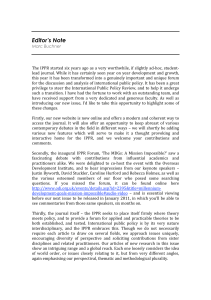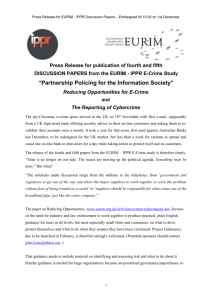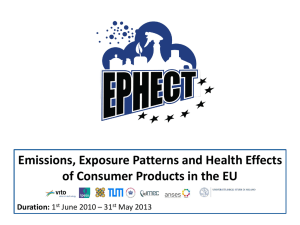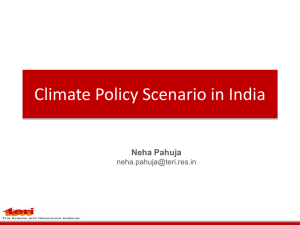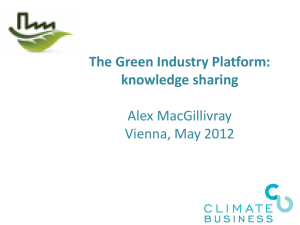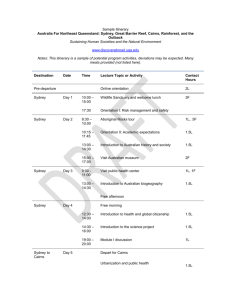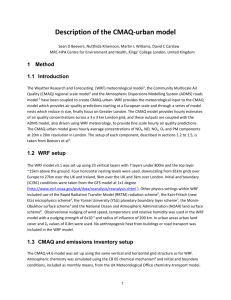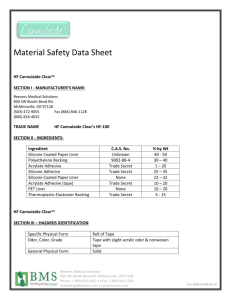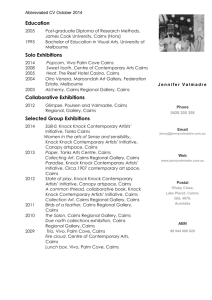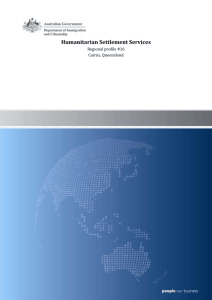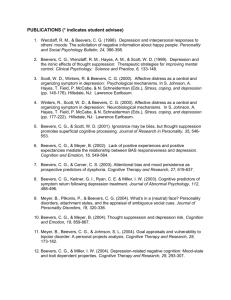Citing in the text activity
advertisement
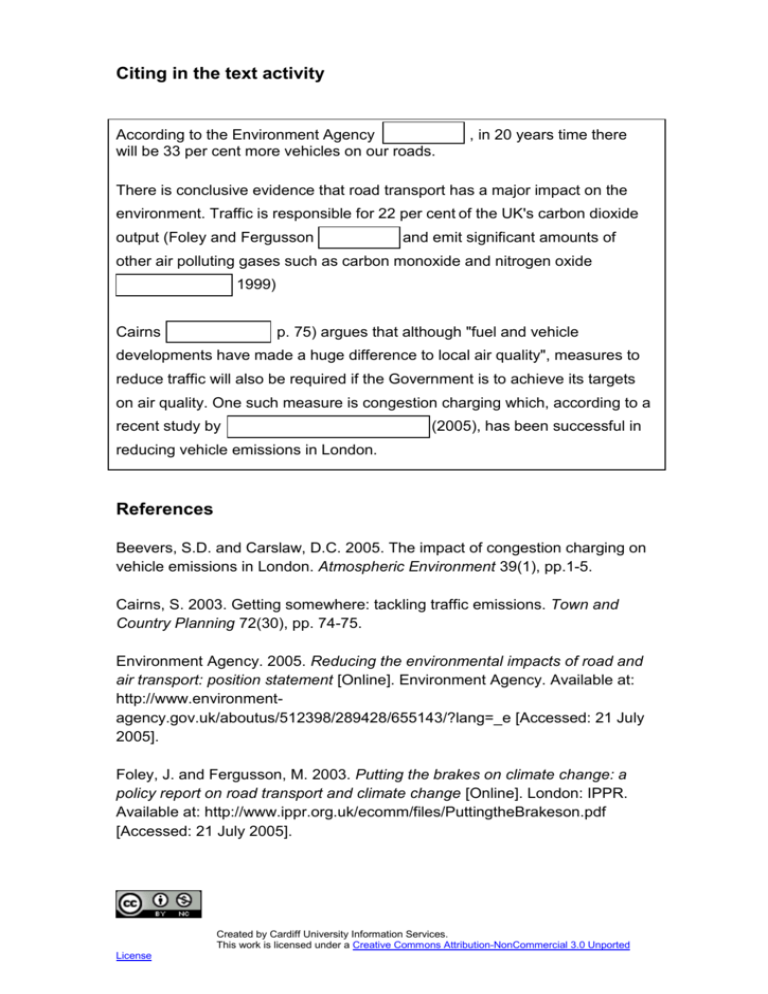
Citing in the text activity According to the Environment Agency will be 33 per cent more vehicles on our roads. , in 20 years time there There is conclusive evidence that road transport has a major impact on the environment. Traffic is responsible for 22 per cent of the UK's carbon dioxide output (Foley and Fergusson and emit significant amounts of other air polluting gases such as carbon monoxide and nitrogen oxide 1999) Cairns p. 75) argues that although "fuel and vehicle developments have made a huge difference to local air quality", measures to reduce traffic will also be required if the Government is to achieve its targets on air quality. One such measure is congestion charging which, according to a recent study by (2005), has been successful in reducing vehicle emissions in London. References Beevers, S.D. and Carslaw, D.C. 2005. The impact of congestion charging on vehicle emissions in London. Atmospheric Environment 39(1), pp.1-5. Cairns, S. 2003. Getting somewhere: tackling traffic emissions. Town and Country Planning 72(30), pp. 74-75. Environment Agency. 2005. Reducing the environmental impacts of road and air transport: position statement [Online]. Environment Agency. Available at: http://www.environmentagency.gov.uk/aboutus/512398/289428/655143/?lang=_e [Accessed: 21 July 2005]. Foley, J. and Fergusson, M. 2003. Putting the brakes on climate change: a policy report on road transport and climate change [Online]. London: IPPR. Available at: http://www.ippr.org.uk/ecomm/files/PuttingtheBrakeson.pdf [Accessed: 21 July 2005]. Created by Cardiff University Information Services. This work is licensed under a Creative Commons Attribution-NonCommercial 3.0 Unported License Schwela, D. and Zali, O. 1999. Urban traffic pollution. London: Spon. Solutions According to the Environment Agency (2005) be 33 per cent more vehicles on our roads. , in 20 years time there will There is conclusive evidence that road transport has a major impact on the environment. Traffic is responsible for 22 per cent of the UK's carbon dioxide output (Foley and Fergusson 2003) and emits significant amounts of other air polluting gases such as carbon monoxide and nitrogen oxide (Schwela and Zali Cairns (2003, 1999) p. 75) argues that although "fuel and vehicle developments have made a huge difference to local air quality", measures to reduce traffic will also be required if the Government is to achieve its targets on air quality. One such measure is congestion charging which, according to a recent study by Beevers and Carslaw reducing vehicle emissions in London. (2005), has been successful in References Beevers, S.D. and Carslaw, D.C. 2005. The impact of congestion charging on vehicle emissions in London. Atmospheric Environment 39(1), pp.1-5. Cairns, S. 2003. Getting somewhere: tackling traffic emissions. Town and Country Planning 72(30), pp. 74-75. Environment Agency. 2005. Reducing the environmental impacts of road and air transport: position statement [Online]. Environment Agency. Available at: http://www.environmentagency.gov.uk/aboutus/512398/289428/655143/?lang=_e [Accessed: 21 July 2005]. Foley, J. and Fergusson, M. 2003. Putting the brakes on climate change: a policy report on road transport and climate change [Online]. London: IPPR. Available at: http://www.ippr.org.uk/ecomm/files/PuttingtheBrakeson.pdf [Accessed: 21 July 2005]. Created by Cardiff University Information Services. This work is licensed under a Creative Commons Attribution-NonCommercial 3.0 Unported License Schwela, D. and Zali, O. 1999. Urban traffic pollution. London: Spon. Created by Cardiff University Information Services. This work is licensed under a Creative Commons Attribution-NonCommercial 3.0 Unported License
